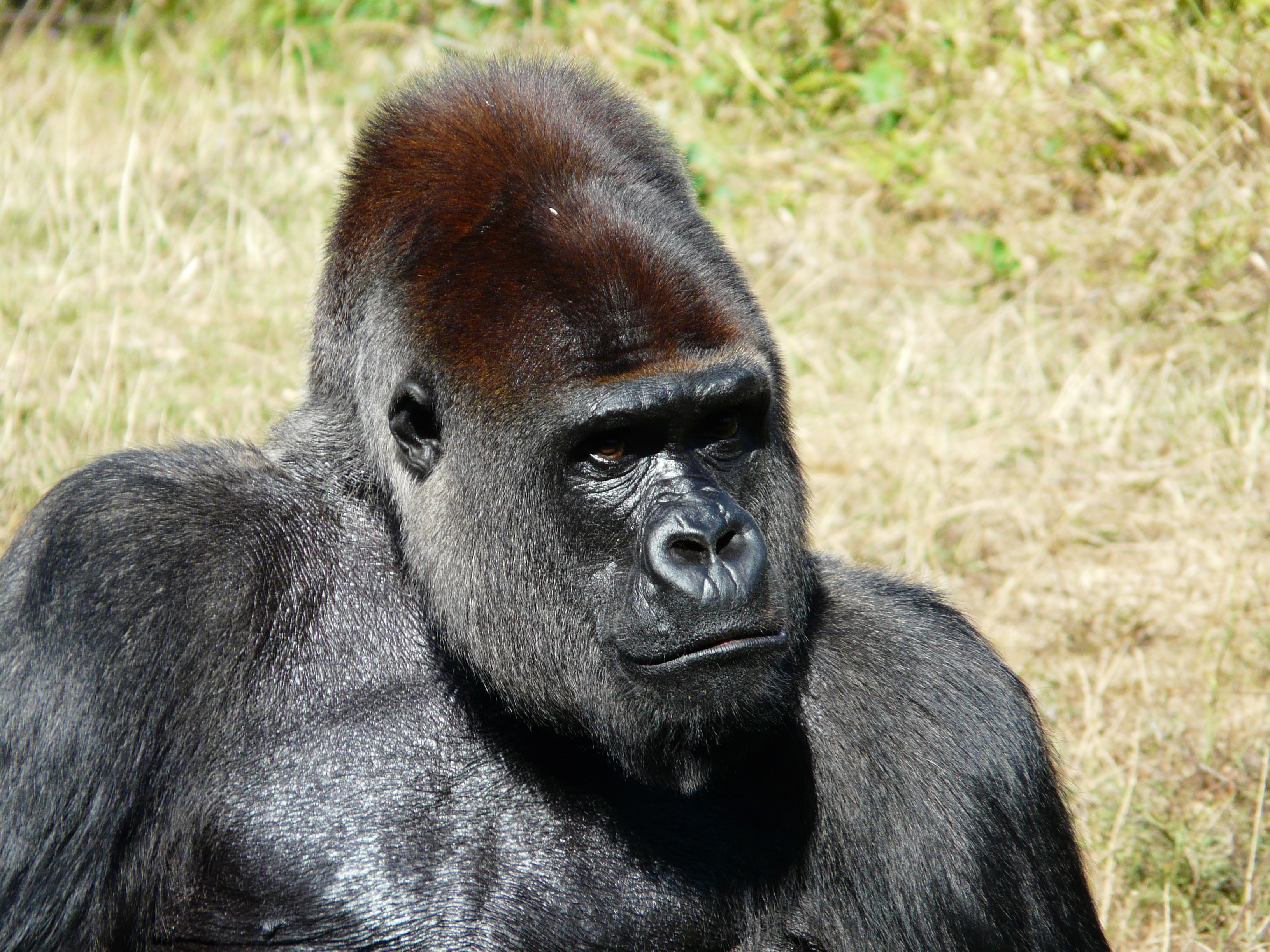- Threatened species conservation
- Bénéficiaire Primate Expertise
- Montant du projet 78 900 €
- Subventions FFEM 31 388 €
-
État du projet achevé
The PNKB is home to a great biological diversity in terms of fauna, flora and ecosystem diversity. Iconic and often endemic species live there, including the famous Grauer’s gorilla (Gorilla beringei graueri) and the eastern chimpanzee (Pan troglodytes schweinfurthii). There are also African forest elephants, Congolese peacocks, leopards, buffaloes, etc. inside the park.
The PNKB has been occupied for a long time by armed groups who have decimated wildlife resources. It is estimated that between 1994 and 2015, Grauer’s gorillas experienced a rapid decline in their population, which dropped by 77%, for a population estimated at around 3,800 individuals in 2015, with an estimated decrease in numbers of around 5% per year (Plumptre et al., 2016).
Still in terms of threats, the people expelled from the area at the time of its creation (mostly belonging to the pygmy community) have never been compensated in any way, which is at the origin of many conflicts. in the field. Economically, the damage caused to the pygmies by the creation of the PNKB in 1970 is great in that they have lost land and lead a life of extreme precariousness. The project will be implemented in the villages surrounding the PNKB. More specifically, Pex will work directly with local communities living in six villages on the eastern outskirts of the Park’s altitude zone which covers an area of approximately 100 km2.
In 1998, the site was placed on the list of endangered sites of the UNESCO world heritage because of the strong pressure exerted on these natural resources and this, following the repeated wars in eastern Congo with the presence of multiple armed groups in the Park engaged in poaching and mining. The main threats to the park are hunting and bushmeat trade, habitat loss, persistent fragmentation from agriculture at forest edges and along roads, as well as artisanal mining.
Still in terms of threats, the people expelled from the area at the time of its creation (mostly belonging to the pygmy community) have never been compensated in any way, which is at the origin of many conflicts, in the field. Economically, the damage caused to the pygmies by the creation of the PNKB in 1970 is great in the way they have lost land and lead a life of extreme precariousness. The project will be implemented in the villages surrounding the PNKB. More specifically, Pex will work directly with local communities living in six villages on the eastern outskirts of the Park’s altitude zone which covers an area of approximately 100 km2.
